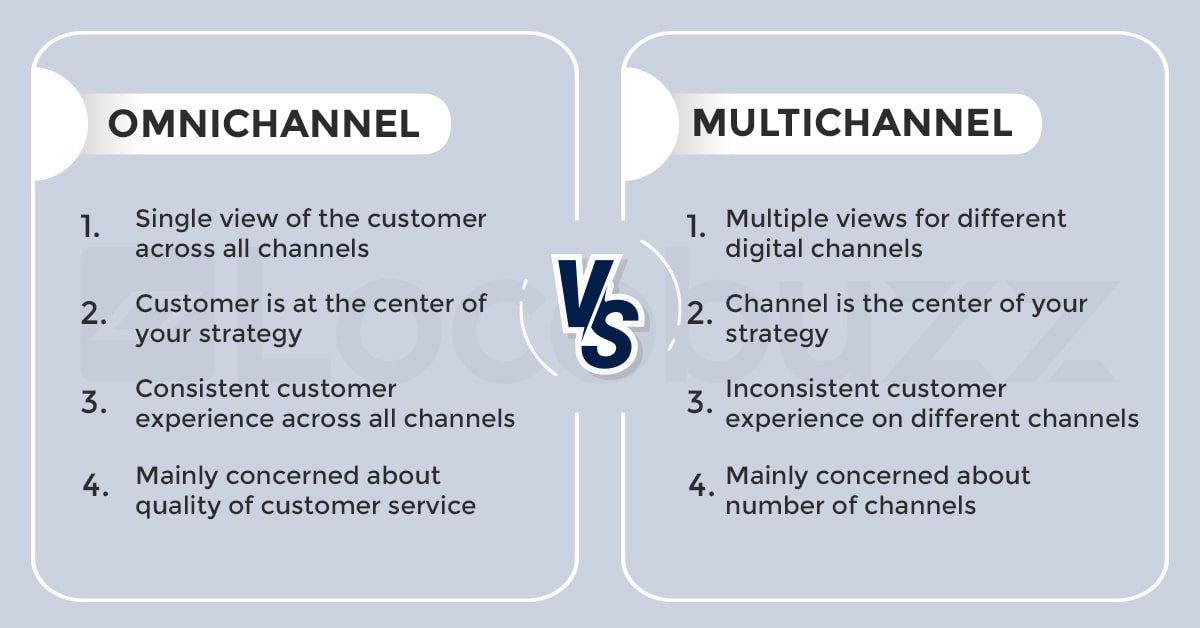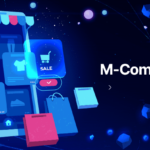I’ve been examining the subject of client experience (CX) with many organizations, and have been over and over brought into the omnichannel versus multichannel banter.
The principal perspective individuals frequently notice is their degree. From a semantic point of view, “multi” signifies “many” and “omni” signifies “all.” Individuals frequently notice “request on the web and pick and return in stores are plainly omnichannel and not multichannel.” I don’t completely accept that the discussion ought to be centered around the number of, and which channels, are involved to figure out the center distinction. I see “omnichannel” as portraying a critical have a significant impact on and change in context: the client centricity which drives most computerized changes I have seen.
Multichannel was many times in view of the suspicion that clients were picking a fundamental method for drawing in, whether actual stores or on the web. In many organizations, each divert was overseen in separation with devoted groups, financial plans, processes, apparatuses, detailing designs and income objectives.
However, most clients currently explore between numerous computerized touchpoints for a solitary buy. They are progressively directing how and where they need to be locked in and adjusted. According to the client viewpoint, an ordinary excursion may be “search on my cell phone while driving, add things to my crate, explore discoveries on my PC when home at night, visit stores to survey things and quest at coupons and look at costs on the portable while in the store.”
Omnichannel is presently not tied in with boosting channel effectiveness. It puts the client, not corporate storehouses, at the center of the procedure. The omnichannel objective is to convey reliable and consistent encounters for the client to all the more likely connect with and convert that person. The conveyed advanced experience assumptions are high, anything that the picked channel is as client progress through their excursion at their second and spot of need. For example, a specialist/representative in an actual store ought to have key data on all past collaborations readily available while cooperating with the client.
Accomplishing this requires more than apparatuses. Omnichannel frequently stems into computerized change projects, with a continuous methodology working from existing frameworks and interconnecting them. The key fixing is frequently investigation.
Regular inquiries that lead into “multi versus omni” conversations are:
Might we at any point catch and join together all the client activities as they explore different channels?
Do you catch the conveyed encounters to assist with finding client battles and make sense of low commitment and request size, abandonments or awful application audits?
Could I at any point get a constant perspective on my business, including incomes, exchange, and commitment level as my client connect?
Might you at any point convey a measured view by occurrence as number of influenced clients and incomes to assist with focusing on endeavors?
Could your investigation let me know what turned out badly and why so which group to lock in?
Omnichannel methodologies are unique in relation to multichannel. Furthermore, upheld by a compelling advanced execution stage, can address these inquiries in the positive. However, past conveying specialized arrangements, the greatest test is frequently carrying out the authoritative and social changes fundamental.
Groups ought to never again work in storehouses; they need to team up and convey to act not as a multi-confronted business, but rather as a brought together association where all (omni) cooperate to give clients anything that they are searching for anytime along their computerized shopping ventures.



